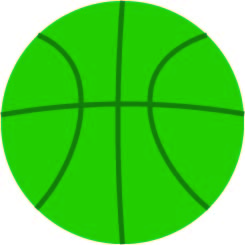A Rank&File editor breaks down green days, yellow days and blackout periods
The most intense elements of every sport take place during competitions and practices during the season. But for every sport that competes for a single season, there are three other seasons left, providing time to train and prepare. Rules and regulations are in place to ensure that no teams have any competitive advantage or are overworking their players. Off-season training consists of three categories: green days, yellow days and blackout periods at Marshall.
“[We] have more time to break skills down and improve them to get ready for the season [during] off-season training. For a typical green day we stretch in the beginning, then run through a lot of drills that help with layups and shooting. We [also] work on defense and competitive drills [and] at the end we scrimmage. I find off-season training super beneficial because you can work on getting stronger without worrying about wearing yourself down or being sore.” – Zoe Soule, junior, basketball player
“Yellow days are weight lift days. At yellow day[s] we [have] stations with different workouts at each station. Stations involved squats, lunges, push ups and some included weights. I don’t think they are as helpful as green days because we don’t get a chance to get a foot on a ball, but yellow days help players get to know the coaches.”- Abby Han, junior, soccer player
“In Fairfax County, [sports teams] are allowed to train for 34 days in the off season for the year. [Teams] have to track them and they get 34 days and that is the maximum. Very few to no teams max out on [off-season] days because of [lack of] availability of students and coaches. There are two black out periods when [the Virginia High School League] says you can not practice. Teams cannot practice over the week of July 4 or on Sundays.”- Joe Swarm, director of student activities

